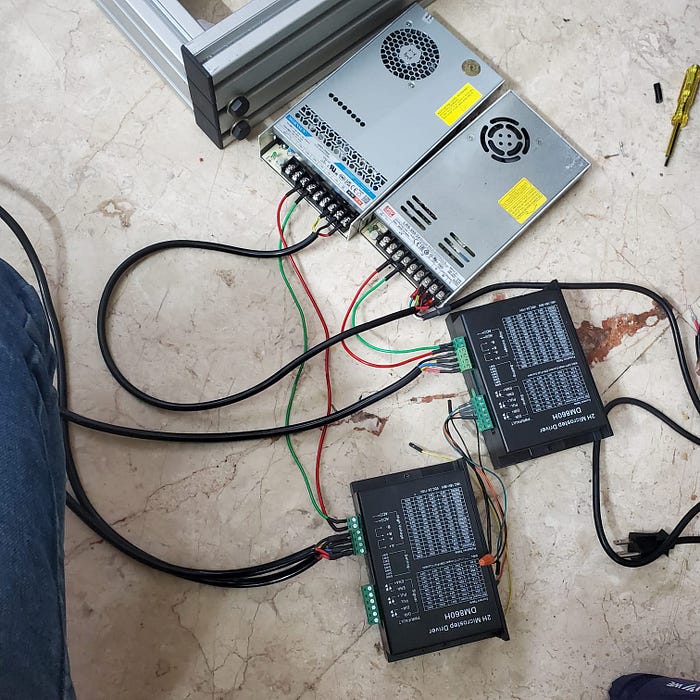Introduction to Artificial Intelligence in Autonomous Vehicles
Artificial intelligence (AI) has advanced from a theoretical concept to a revolutionary force in a variety of industries, with the automobile sector at the vanguard. AI is transforming transportation, from simple driver assistance to fully driverless vehicles. This article explores AI’s involvement in self-driving vehicles, including recent developments, obstacles, and the road ahead.
The Evolution of Self-Driving Technology
The transition to autonomous vehicles has been gradual yet significant. Basic driver-assist systems, including adaptive cruise control and lane-keeping assistance, were first integrated into vehicles in the early 2000s, powered by rule-based algorithms and sensors. Fast forward to 2025, and we see cars that can navigate crowded urban areas with little human interaction.
Today’s self-driving cars rely on AI-powered software, sensor arrays (LiDAR, radar, cameras), and high-performance processing. Waymo, Tesla, and Baidu are at the forefront of this field, developing systems that can make dynamic, real-time decisions.
AI algorithms, particularly deep learning and reinforcement learning models, play an important role. These systems can identify objects, forecast pedestrian and vehicle behavior, and calculate ideal routes, making them critical to the success of autonomous transportation.
Core AI Technologies Powering Autonomy
1. Computer Vision
Computer vision allows vehicles to identify and classify road signs, traffic lights, people, and lane markings. Convolutional Neural Networks (CNNs) are the foundation of most visual recognition systems in autonomous cars.
2. Sensor Fusion
AI uses data from LiDAR, radar, and cameras to create a full 360-degree vision of its environment. Sensor fusion techniques enable robustness and accuracy even in harsh environments.
3. Path Planning and Decision Making
Reinforcement and imitation learning let vehicles make split-second decisions such as changing lanes, avoiding obstacles, and responding to unpredictable driver behavior.
4. Localisation and Mapping
Simultaneous Localization and Mapping (SLAM) systems, along with GPS data and high-definition maps, assist cars in determining their precise location and navigating safely.
Real-World Applications and Recent Developments
Autonomous vehicle trials are expanding rapidly across the globe:
- Waymo provides over 150,000 autonomous rides weekly in the U.S. However, it recently recalled more than 1,200 robotaxis due to a software glitch causing collisions with stationary barriers.
- Tesla is preparing to launch a fully autonomous taxi service in Austin, Texas. The National Highway Traffic Safety Administration (NHTSA) has asked Tesla to detail its safety protocols, particularly for adverse conditions like fog and rain.
- Baidu delivered 1.1 million rides via its Apollo Go service in Q4 2024 across more than 10 Chinese cities. Baidu is now in talks to expand to Switzerland and Turkey.
Market Growth and Economic Outlook
The market for autonomous vehicles is booming:
- Valuation: The AI-powered automotive market was valued at USD 4.8 billion in 2024 and is projected to hit USD 186.4 billion by 2034, growing at a CAGR of 42.8%.
- Revenue Potential: Industry forecasts estimate the sector could generate between USD 300 billion and USD 400 billion globally by 2035.
Recent Technological Advancements
Edge AI
A recent study introduced a novel Edge AI framework for autonomous vehicles, significantly improving real-time decision-making in adverse weather. The system reduced processing time by 40% and improved perception accuracy by 25% compared to cloud-based systems.
Synthetic Data and Simulation
To enhance model robustness, synthetic data generated by generative AI is increasingly used for training. This allows vehicles to simulate and learn from rare and dangerous driving scenarios without real-world risk.
Challenges and Considerations
Despite great improvement, some challenges remain.
Safety and Dependability
Ensuring that AI systems can handle unpredictable human behavior and edge circumstances remains a top priority.
Regulatory and Ethical Concerns
Governments are still catching up in terms of enacting legislation to protect safety, privacy, and accountability.
Infrastructure Limitations
Most cities lack the smart infrastructure required to allow completely autonomous transportation networks.
Public Trust
Gaining widespread public trust will necessitate not only technology advancements, but also open communication and regulation.
The Road Ahead
The subsequent phase of autonomous mobility will concentrate on:
- Generalizable AI: Creating AI systems that can adapt to new settings without requiring retraining.
- V2X Communication: Involves integrating vehicles with smart city infrastructure.
- Edge Computing: Reducing latency and dependency on cloud connectivity.
- Collaborative Innovation: Forming alliances among OEMs, technology companies, and regulators to develop shared standards.
Conclusion
Artificial intelligence is not only facilitating autonomy; it is also changing how we perceive mobility. As technology advances, self-driving vehicles will become safer, smarter, and more integrated into our daily lives. Addressing technical, ethical, and infrastructure obstacles will be critical to achieving their full potential.
FAQs
- Q: What is the current state of autonomous vehicle technology?
A: Autonomous vehicle technology is rapidly advancing, with several companies like Waymo, Tesla, and Baidu already testing and implementing self-driving cars on public roads. - Q: What are the main challenges facing autonomous vehicles?
A: The main challenges include ensuring safety and dependability, addressing regulatory and ethical concerns, overcoming infrastructure limitations, and gaining public trust. - Q: How will autonomous vehicles change the future of transportation?
A: Autonomous vehicles will make transportation safer, more efficient, and more accessible, potentially reducing accidents, traffic congestion, and parking needs. - Q: What role does AI play in autonomous vehicles?
A: AI plays a critical role in autonomous vehicles, enabling them to perceive their environment, make decisions, and navigate through complex scenarios.










